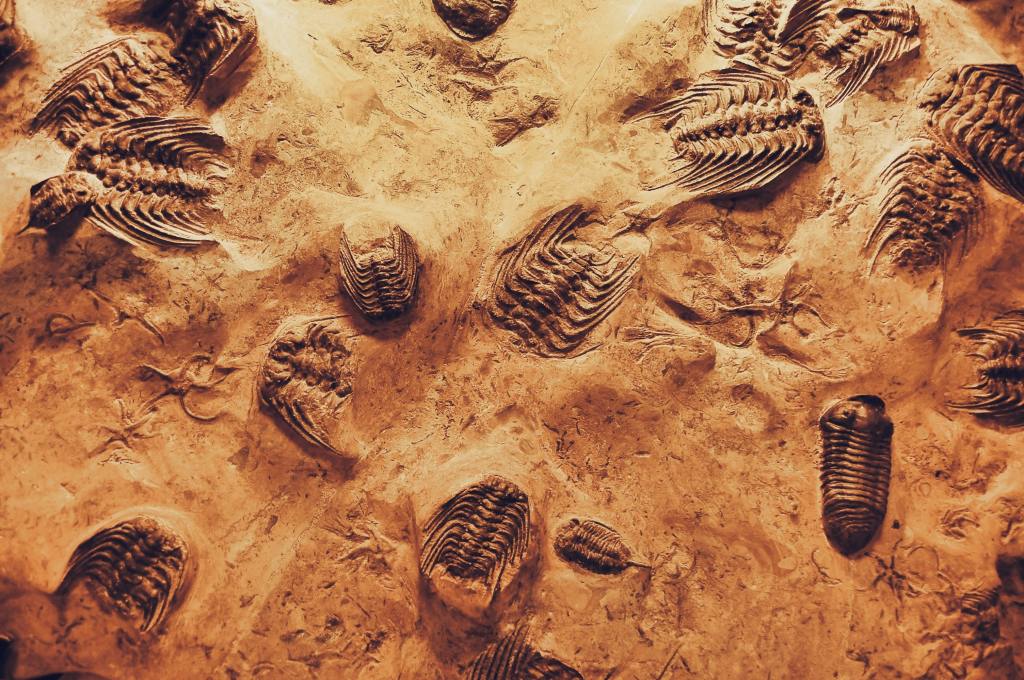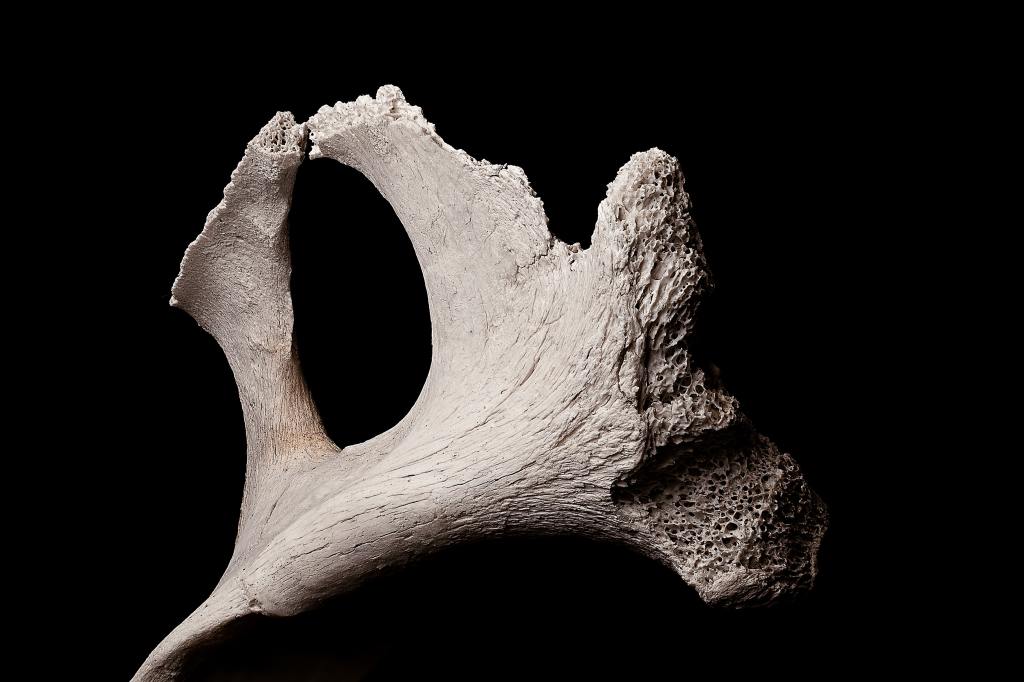
A solid piece of an object from outer space, a meteorite survives the transition through the Earth’s atmosphere to hit the planet’s surface. Over the passage, factors like friction, pressure, and chemical interactions cause the piece to heat up. The energy changes it into a fireball called a meteor, often referred to as a shooting star, before it lands on the earth.
Though many subcategories exist, meteorites can be classified into three broad groups: stony, iron, and stony-iron. The primary differences between the groups are the structure, mineralogy, and chemical and isotopic composition.
The most common meteorite is the stony type, accounting for over 95 percent of all those that fall to Earth. Stony meteorites can be further divided into chondrites and achondrites. The former are composed of among the oldest materials in the solar system, dating back over 4.5 billion years. The solar system is thought to have been formed from chondrites – they have mostly stayed the same compared to rocks from the larger planets, which have been subjected to geological activity. Chondrites derive their name from chondrules, small spherical bodies composed of silicate minerals mixed with tiny grains of sulfides and iron-nickel metal.
Achondrites are less common and are composed of silicates, though they have undergone a similar geological process as chondrites. Achondrites include meteorites from the moon, Mars, and asteroids.
Iron meteorites consist mainly of iron and nickel with traces of sulfide and carbide minerals. Known for their extreme density, iron meteorites originally formed the core of asteroids. It is believed that these asteroids melted during the solar system’s early history, with the iron sinking to the center. The structure mimics the structure of planets like Mercury, Venus, Earth, and Mars.
Among all meteorites, the iron type, though they rarely fall to Earth, are those most commonly found in meteorite-hunter collections, as they are easily recognizable due to a vastly different appearance from the Earth’s rocks and resistance to weathering due to their composition.
The primary appearance feature, a distinctive structure referred to as the Widmanstatten pattern, consists of a series of geometric bands. This is caused by the intergrowth of iron-nickel minerals formed during the slow cooling of the asteroid’s core.
Last, the stony-iron meteorites comprise about equal percentages of metal and silicate minerals and form only two percent of all known meteorites. They also may contain precious and semi-precious gemstones. One version of stony-iron meteorite is the pallasite, composed of nickel and a cluster of olivine, a magnesium-iron silicate material. When polished the crystals become translucent, and the resulting effect makes them of great interest to collectors.
Another version, known as mesosiderites, are composed of iron-nickel metal and basalt. They are formed from a collision of two asteroids, with the molten debris mixing. Unlike pallasites, mesosiderites display a high-contrast silver-and-black matrix when cut and polished. Mesosiderites are among the rarest in meteorite collections, with fewer than a hundred recorded.
Scientists and astrologists estimate that an average of 17,000 meteorites enter Earth’s atmosphere every day, with an estimated 100,000 pounds of meteoric material landing on its surface. Some, in a cluster known as a meteor shower, can be observed at night as a bright light in the sky. Mostly, the showers occur periodically in certain cycles, and are named after the nearest star constellation. However, these are small, mostly pea-sized meteors, and burn up before reaching the earth.
For the meteorites that survive the burn, any rock smaller than a football field breaks up after entering the Earth’s atmosphere, with less than 5 percent of the original rock reaching the ground. The impact, depending on size, creates an impression on the ground. The largest recorded intact crater caused by a meteor is the Barringer Crater in Arizona, at 0.6 miles across. It was formed by a 164-foot diameter iron-nickel meteorite.








